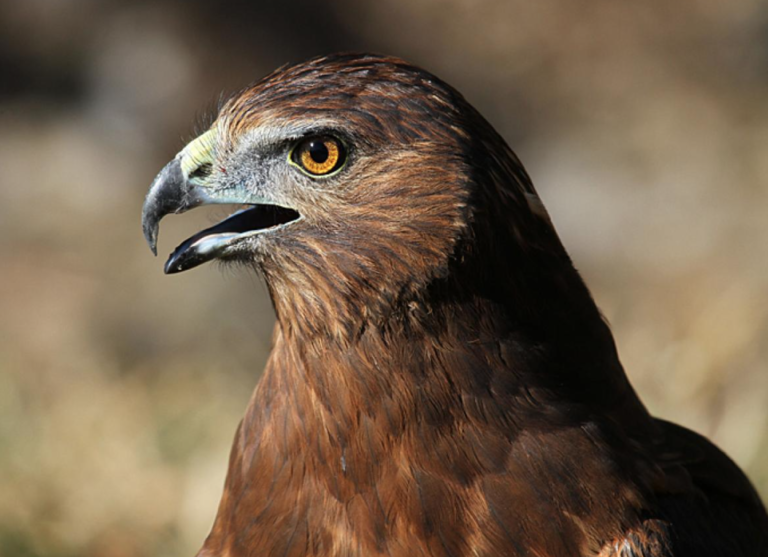The New Zealand falcon/ kārearea is a spectacular bird, capable of flying at speeds over 100 km/h and catching prey larger than itself.
Kārearea breed in a wide variety of habitats from the coast to above the tree line and can be spotted around the Mounga. However they are often mistaken for the common Australasian Harrier which are regularly seen feeding on road-kill – check out the hints below to help tell them apart.
Being a relatively small bird (a similar size to a magpie) the kārearea generally preys on small to medium sized birds. It can take prey as large as pheasants and hares though, and is known as the most gutsy falcon species in the world.
Like all falcons, it does not build a nest. Rather, they lay their eggs into a small scrape in the dirt, on a small bluff or in a tree epiphyte. They are well known for protecting their nest by attacking intruders, including humans, with aggressive dive-bombing strikes to the head. Keep an ear out for a ‘kek kek kek’ from high above it as this is the warning sound when defending their territory.
Here are some handy ways to tell falcon/ kārearea and Australasian harriers apart:
- The falcon is usually seen in active hunting flight, chasing small birds with rapid wing beats; whereas the harrier is mostly seen gliding over the ground searching for carrion and small prey
- Harriers glide with wings set in a shallow V-shape and rock slightly in the changing air currents. Falcons glide with a very flat wing either very close to the ground trying to surprise prey, or very high in the sky as they survey their surroundings
- Harriers are often seen feeding on road-kill. Falcons almost exclusively take live prey and are very rarely seen on the side of the road
- Harriers have a large 1 metre wingspan and stand around 50cm tall. Falcons have a much shorter wingspan and are much smaller
- Falcons and harriers differ in their plumage and coloration

